
The Sporting Lodge’s Magazine ‘The Lodger’ Interviews Fjallraven’s Sustainability Manager Christiane Dolva Törnberg.
 Swedish brand Fjallraven are acutely aware that everything they do has an impact on the environment around us and the people and animals that inhabit it. With this in mind they do their utmost to keep their environmental footprint as small as possible and consider the impact on nature in everything they do. Our good friend Christiane Dolva Törnberg is in charge of sustainability at Fjällräven and so the Lodger decided to sit down with her for a chat to find out more….
Swedish brand Fjallraven are acutely aware that everything they do has an impact on the environment around us and the people and animals that inhabit it. With this in mind they do their utmost to keep their environmental footprint as small as possible and consider the impact on nature in everything they do. Our good friend Christiane Dolva Törnberg is in charge of sustainability at Fjällräven and so the Lodger decided to sit down with her for a chat to find out more….
TSL: Readers of the Lodger may be aware of Fjallraven via the products that we sell at the Sporting Lodge but can you tell us about the origins of the brand and where it’s at today on a global scale?
CDT: As with most brilliant ideas, Fjallraven began on a very personal level with a young nature enthusiast called Åke Nordin. Based in Örnsköldsvik in Sweden he spent every spare moment in the forest. He decided to build better gear, starting with constructing a backpack with a wooden frame, and then moving on to other products. This was the start of the Fjallraven brand. Today Fjallraven’s products are worn and appreciated by outdoor enthusiasts all around the world, and we still focus on making durable, functional and timeless outdoor equipment that inspire people to go outdoors and discover nature.
TSL: How important is being an environmentally conscious brand for Fjallraven?
CDT: Nature is good for us. It’s not just experience that tells us this – research does too. Spending time in nature makes us both happier and healthier. And more importantly, it makes us want to love and respect it. Our mission is to inspire more people to take a walk with nature. Since nature is so central to us, it is only natural that we want to be part of keeping it in business forever. We want Fjällräven to be the choice also for future generations and that they can enjoy nature the way we do. Being the best at outdoor equipment, in harmony with nature, means that we always want to identify more innovative and sustainable solutions.
TSL: What kind of impact does outdoor clothing manufacture have on the environment in total?
CDT: Everything we make and develop has an impact on nature. It consists of raw materials that are extracted and processed, it is manufactured and transported, sold, worn and used, hopefully for a long time. So with that in mind, the impact from textile in general stems from the choice of raw material (virgin vs recycled, conventional vs organic etc.). Then the process of making materials are important, a process that often requires the use of water, chemicals and energy. Interestingly the userphase is also important when it comes to impact on the environment. How you care for the product, repair it, keep it alive for a long time, how you wash it etc.
TSL: Do you find that people who spend more time outdoors tends to be more aware and interested about being environmentally responsible?
CDT: Yes, this is actually one of our main hypotheses when we focus on inspiring people to get out in nature. We believe strongly that once you get out in nature, you also get more engaged in and involved in wanting to keep it alive and well.
TSL: What steps are Fjällräven taking to be reduce their own environmental footsteps?
CDT: We work on this on all levels. For our direct impact, like energy usage and emissions from travels etc. we focus on choosing renewable energy, and finding ways to reduce traveling. A lot of our efforts are also directed towards our products footprint, so on material choice, strict chemical management, working with good conditions in our supply chain etc.
TSL: What are the biggest obstacles to overcome when trying to make a brand as sustainable as possible?
CDT: It is easy to get lost in all the different details that we can work on. For us, the most important has been to keep focusing on making our products that can last for a long time, that are timeless and durable so we make the most out of the resources that are used in making the products. In that there is always challenges in picking the right material that is both more sustainable and also at the same time more durable and high quality. That balance is something we work with constantly. Also, the complexity of our products, that consist of a lot of different components, makes the supply chain control all the way back to raw material a challenge.
TSL: How does Fjällräven approach responsible manufacturing?
CDT: Our main approach is that we have a few selected suppliers, and that we work with them for a long time. That way we can have an ongoing dialogue, and work on continuous improvements. We work as any other brand with a strict code of conduct, we have close contact not only with the suppliers, but with the material suppliers. We visit them often, they know our standards and are open with us and we can therefore work on improving all along.
TSL: Are there any particular products that you are especially proud of in terms of their carbon footprint / ethical status?
CDT: In general I am proud of all our products, especially that they are so timeless and durable, and that we have a lot of people still wearing their products 20 years after they bought them, and we have people wearing their grandparents’ products that are still functional and looking the same. With regards to a complex supply chain that I pointed out above, we are proud of the fact that we have traceable down from farm level with our Down Promise. We are also very proud that we were able to phase out the use of PFCs as chemical treatments in the fabric on waterproof garments with the EcoShell products as the best examples. The bag Re-Kånken is also special to us since we not only used only recycled polyester in the material, we also focused on the dyeing process, choosing SpinDye as a way of reducing our chemical, water and energy footprint.
TSL: What can we as customers do in terms of improving sustainability and environmental issues?
CDT: There is actually a lot that can be done here. First of all, make sure you take care of the garment. Follow the wash instructions, and in most cases you can even wash it at a lower temperature, that saves a lot of energy. Also, sometimes it is enough to air-dry and not wash the entire garment. Make sure you repair it if it breaks, a longer life is a better use of the total footprint. If you grow tired of a product, why not try to sell it secondhand or hand it down to someone else so it can have a second, third or fourth life.
TSL: If there is one singular message that Fjällräven would like to say to the world in regards to environmental / sustainability issues what would it be?
CDT: Make it last – ensure that you invest in a product that is durable and timeless, that you can enjoy out in nature for a long time. That is the most important thing we can all do when it comes to sustainability.
-
View Product

Fjallraven Greenland Wax
£9.00 -
View Product
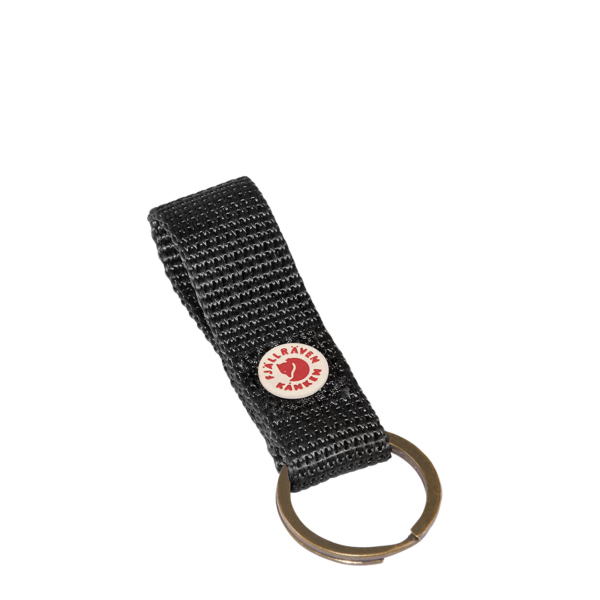
Fjallraven Kanken Keyring Black
£8.50 -
View Product

Fjallraven Greenland Travel Wax Pack
£6.00 -
View Product

Fjallraven Singi Side Pocket Dark Olive
£30.00 -
View Product

Fjallraven Singi Side Pocket Stone Grey
£30.00 -
View Product
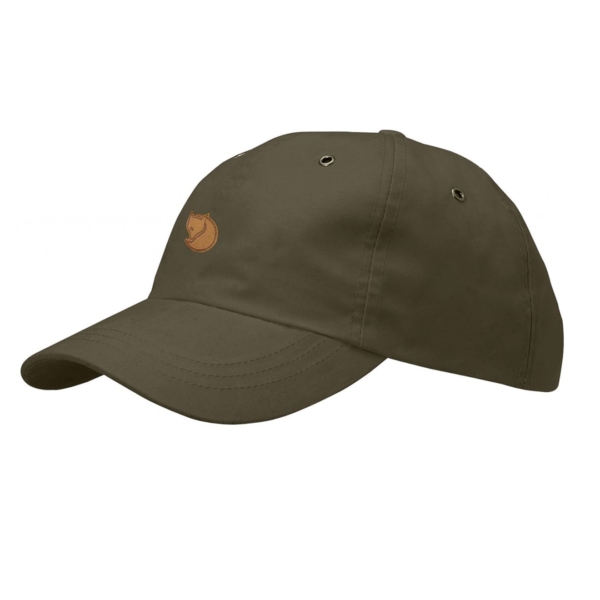
Fjallraven Helags Cap Dark Olive
£40.00 -
View Product
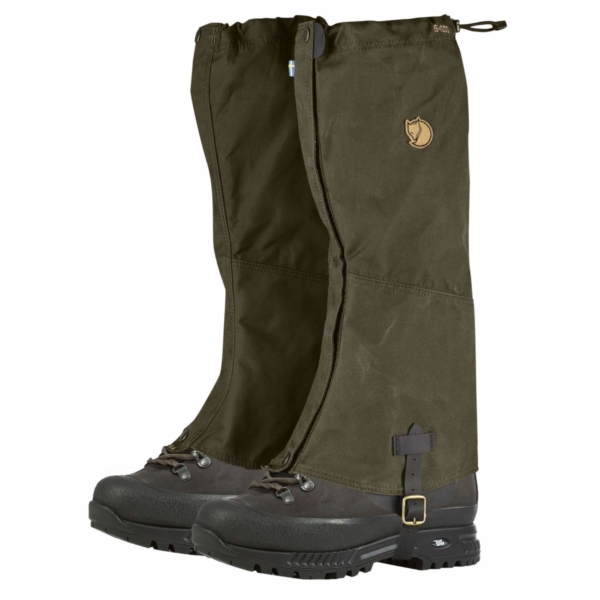
Fjallraven Singi Gaiters Dark Olive
£75.00 -
View Product
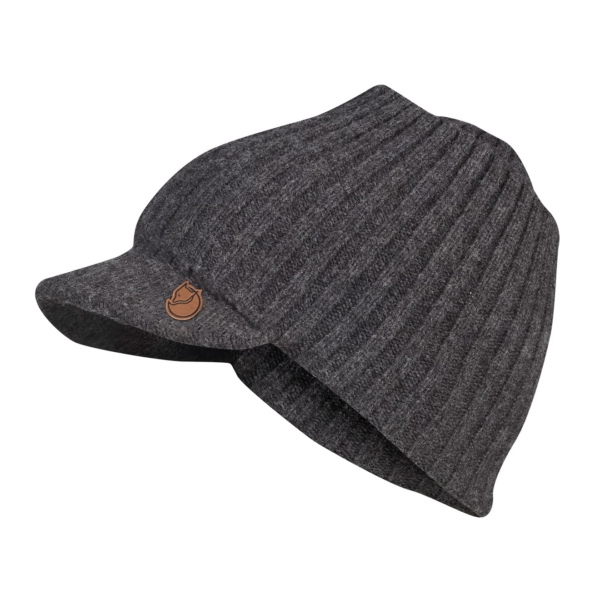
Fjallraven Singi Balaclava Cap Dark Grey
£70.00 -
View Product
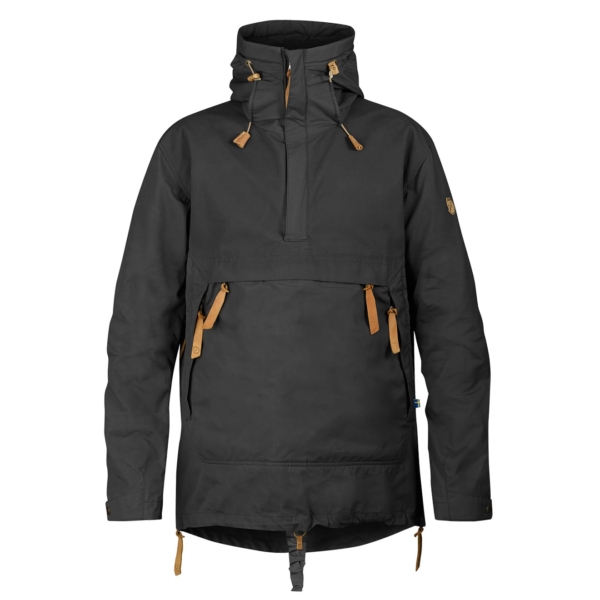
Fjallraven Anorak No. 8 Dark Grey
£460.00 -
View Product
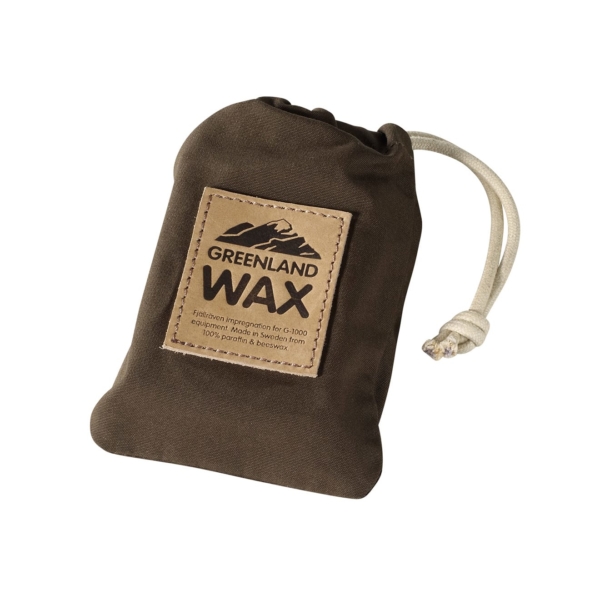
Fjallraven Greenland Wax Bag Assorted
£25.00 -
View Product
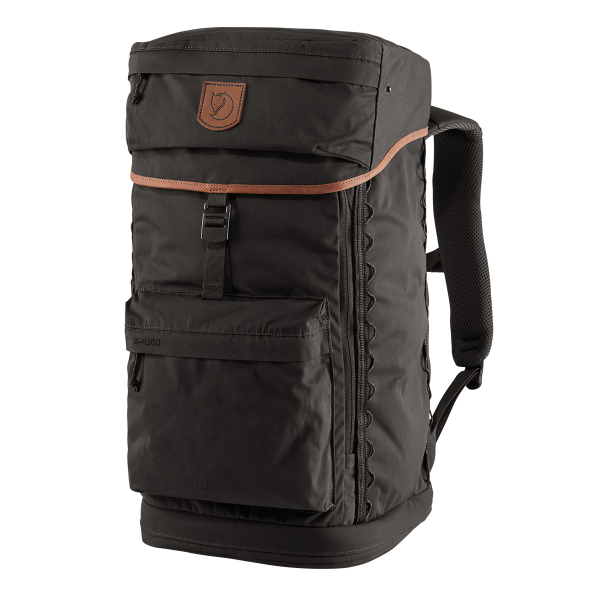
Fjallraven Singi Stubben Backpack Stone Grey
£250.00 -
View Product
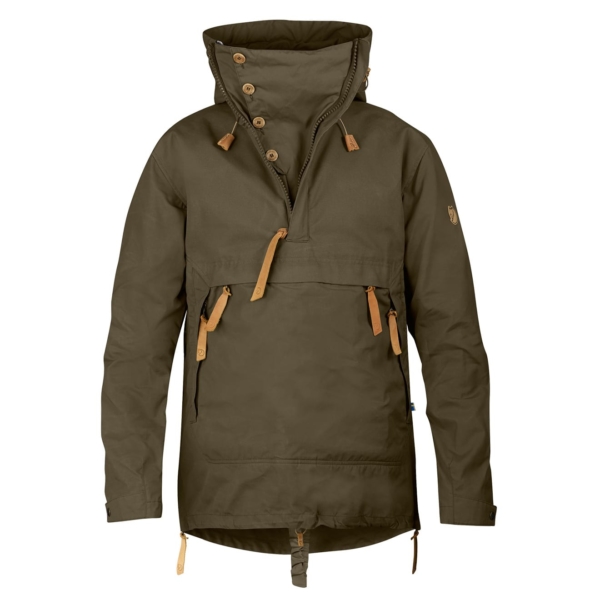
Fjallraven Anorak No. 8 Dark Olive
£460.00 -
View Product
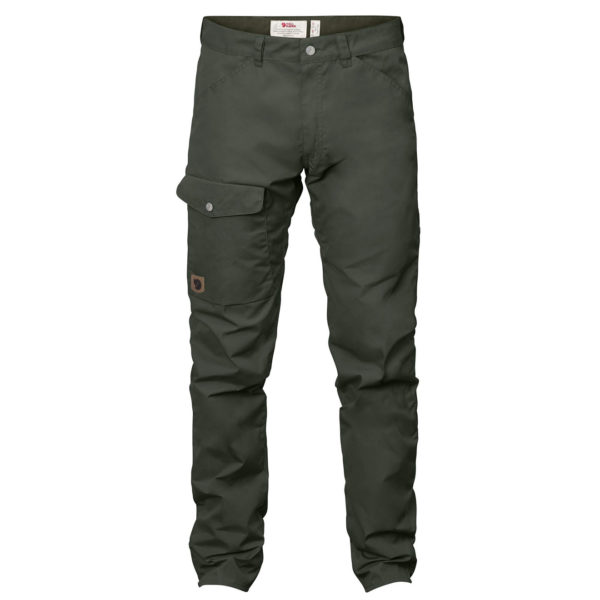
Fjallraven Greenland Jeans Regular Deep Forest
£150.00 -
View Product
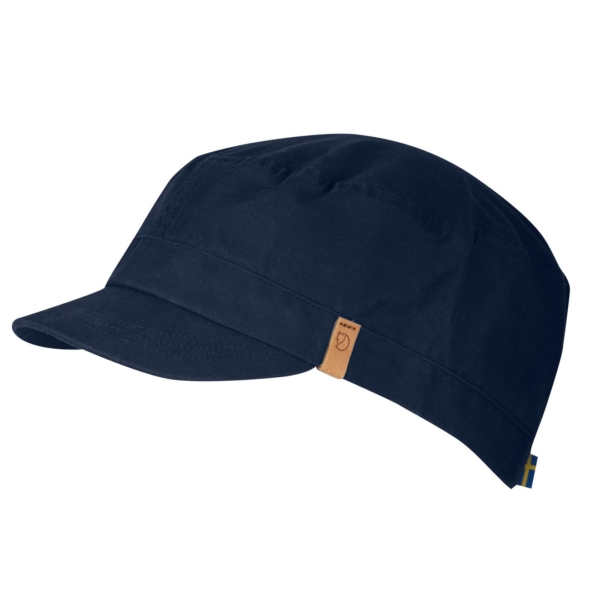
Fjallraven Singi Trekking Cap Dark Navy
£45.00 -
View Product
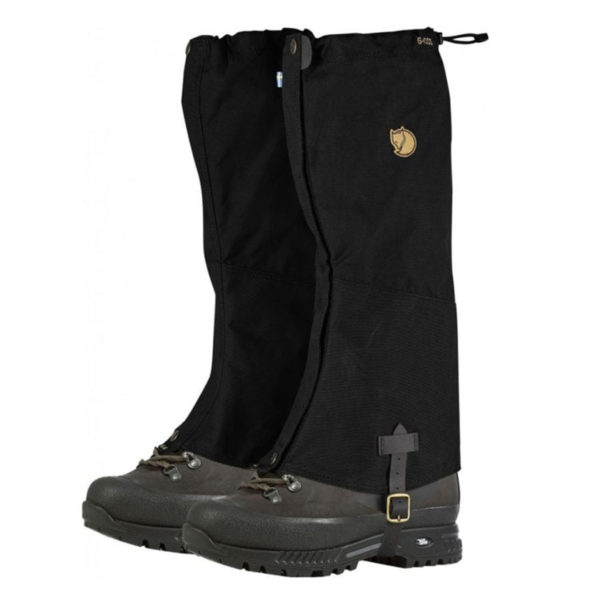
Fjallraven Singi Gaiters Black
£75.00 -
View Product
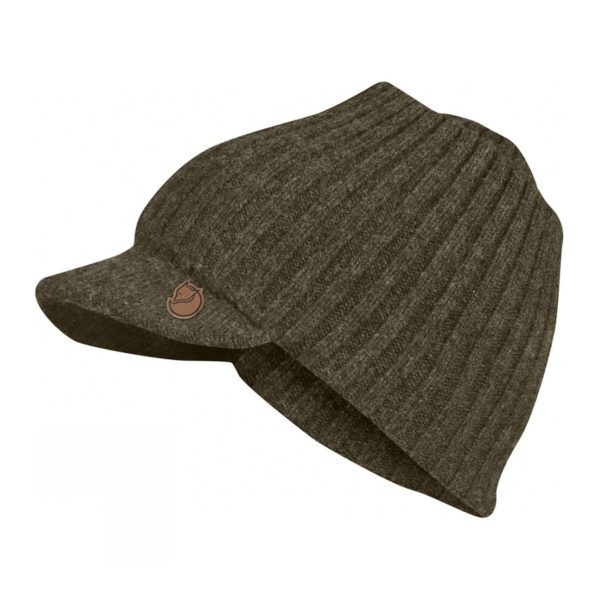
Fjallraven Singi Balaclava Cap Dark Olive
£70.00 -
View Product
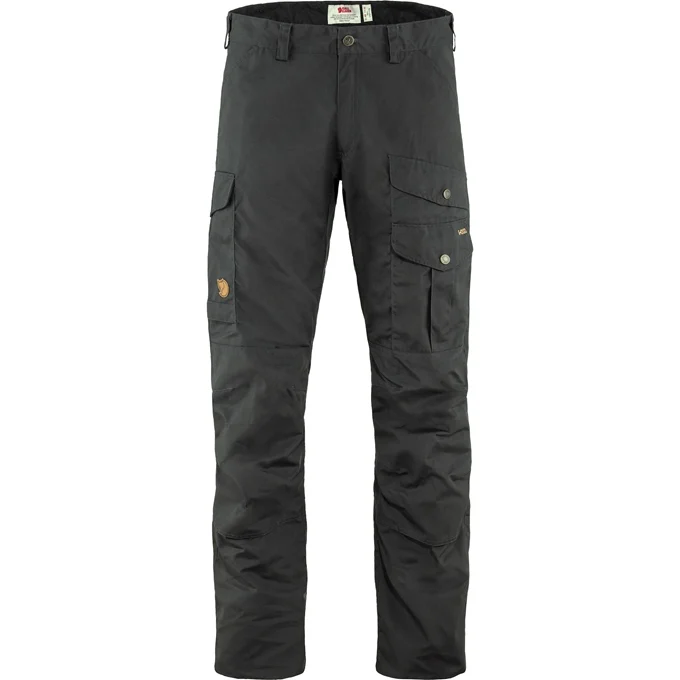
Fjallraven Barents Pro Trousers Dark Grey
£170.00 -
View Product
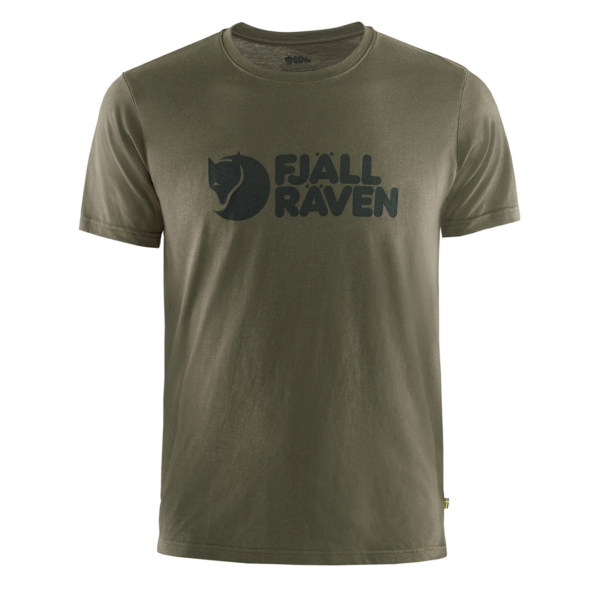
Fjallraven Logo T-Shirt Dark Olive
£45.00 -
View Product
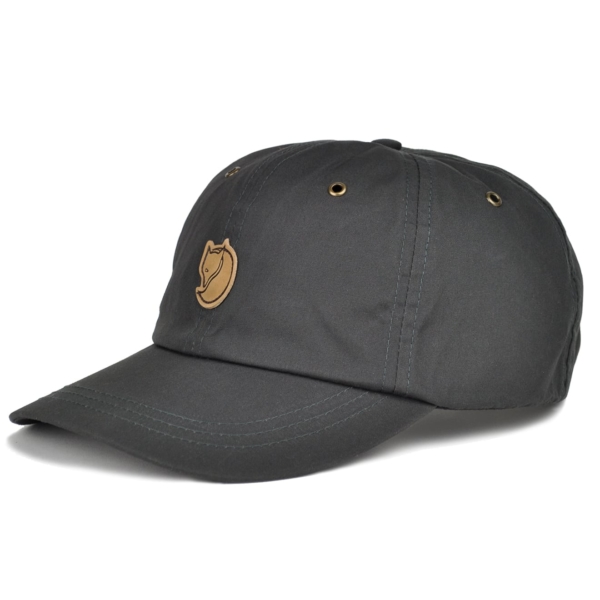
Fjallraven Vidda Cap Dark Grey
£40.00 -
View Product

Fjallraven High Coast Hip Pack Navy
£50.00 -
View Product
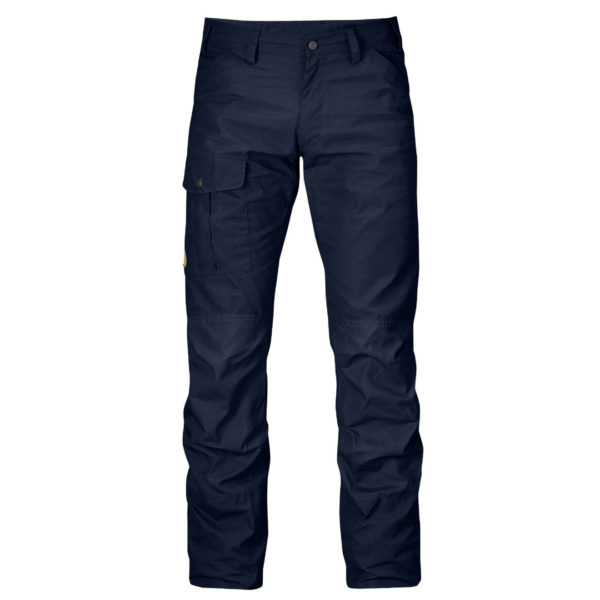
Fjallraven Nils Trousers Dark Navy
Sale £120.00 -
View Product

Fjallraven Singi Trekking Cap Dark Olive
£45.00 -
View Product
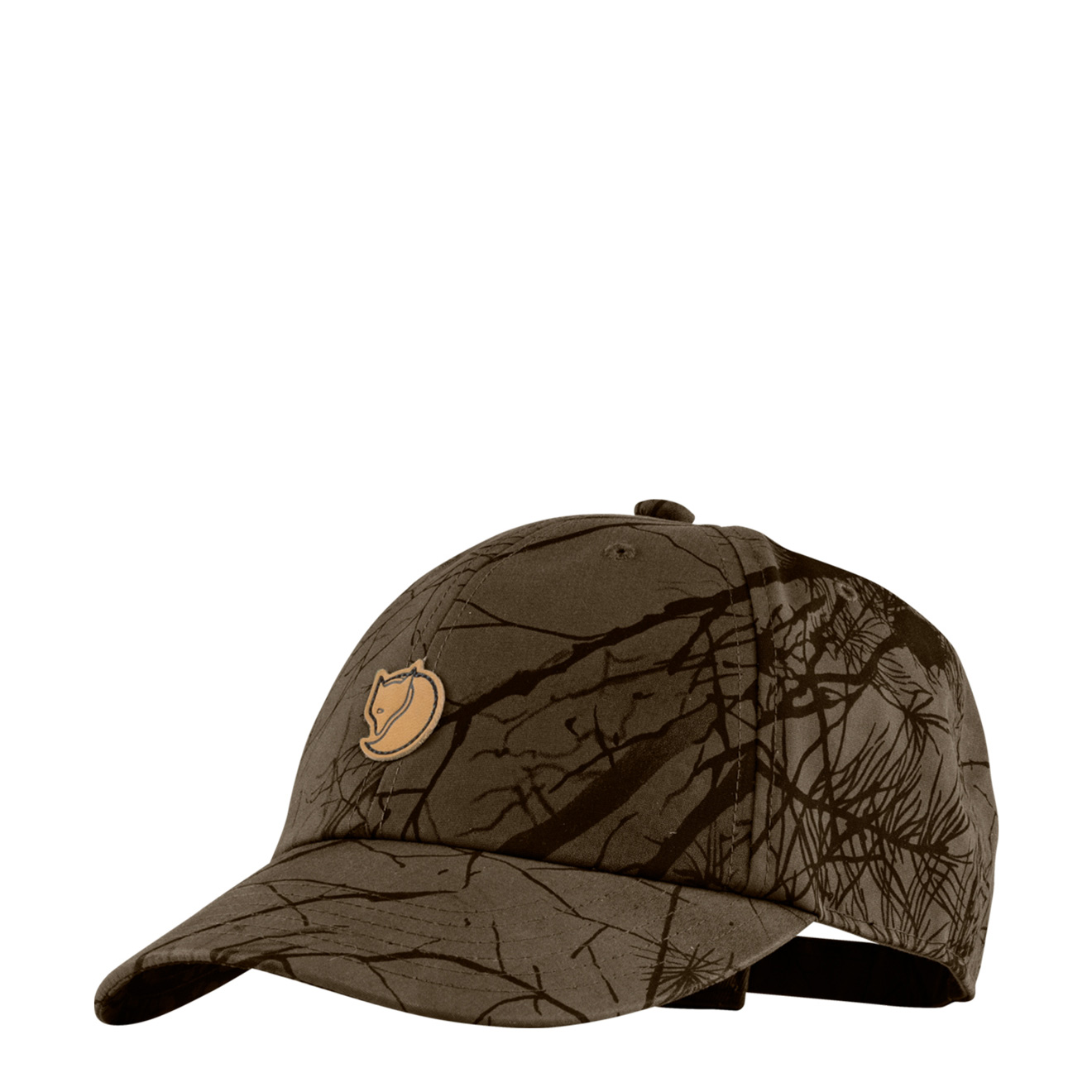
Fjallraven Lappland Camo Cap Dark Olive Camo
£50.00 -
View Product
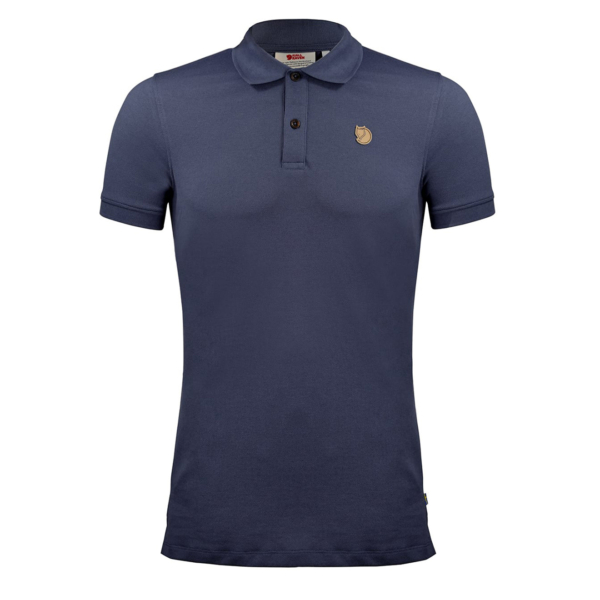
Fjallraven Ovik Polo Shirt Navy
£85.00 -
View Product
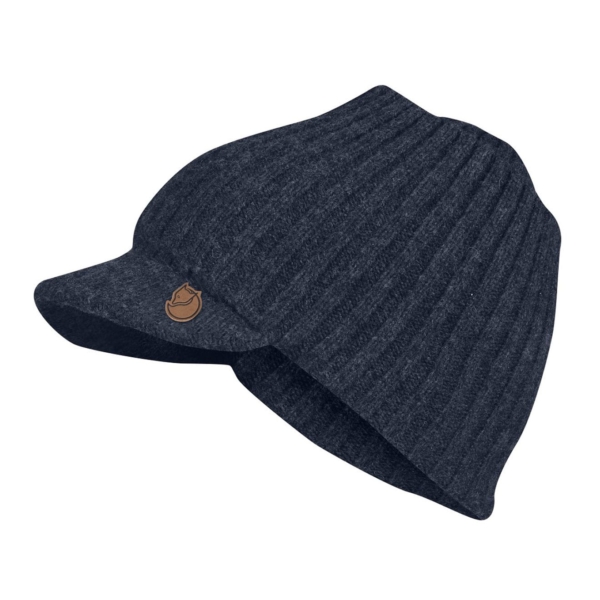
Fjallraven Singi Balaclava Cap Dark Navy
£70.00 -
View Product
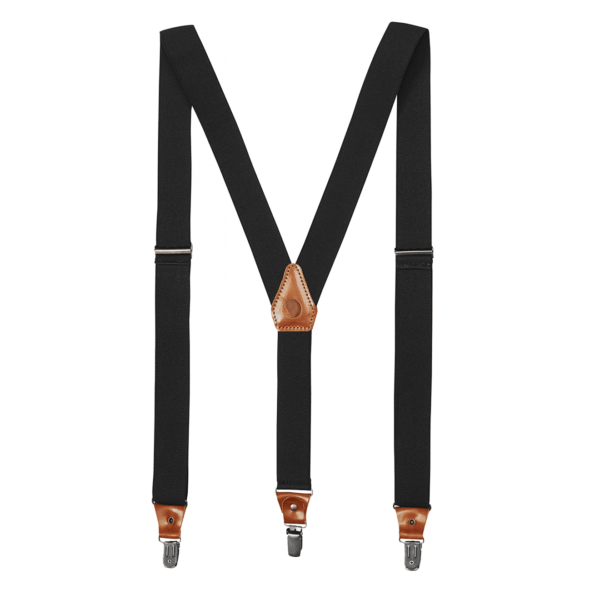
Fjallraven Singi Clip Suspenders Dark Grey
£65.00 -
View Product
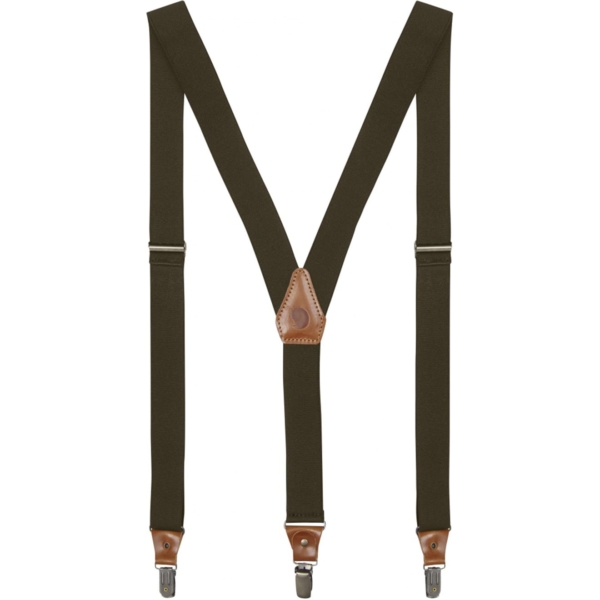
Fjallraven Singi Clip Suspenders Dark Olive
£65.00 -
View Product
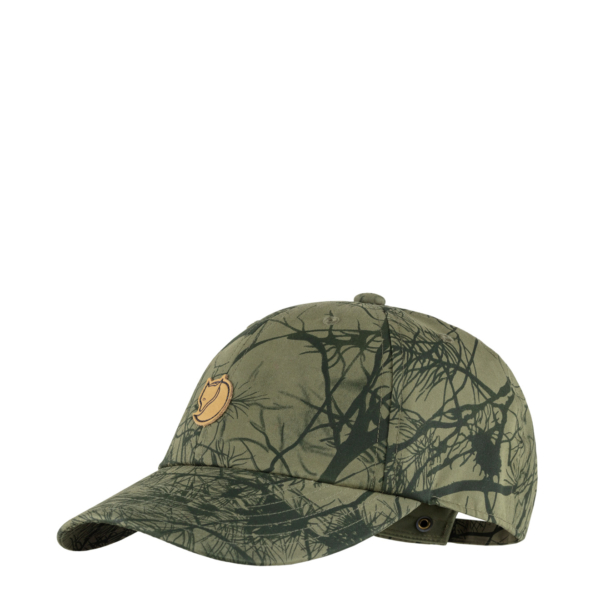
Fjallraven Lappland Camo Cap Green Camo
£50.00
Browse our previous Fjallraven Blog Posts
The Number one Fjallraven Winter Jacket
Fjallraven – Greenland Updated
Fjallraven: Conscious Hunting, Winter, Spring & Summer
Fjallraven Kanken Greenland
Fjallraven Travel Pack, Splitpack and Kajka
Fjallraven: Born and raised in the great outdoors
Fjallraven High Coast Wind Jacket Review
Sweden Joins Forces with Scotland – New Fjallraven Forest Range
Fjallraven Greenland Wax – Waxing Lyrical
An Audience with Phil Raisbeck
Spotlight On: Trekking Trousers

